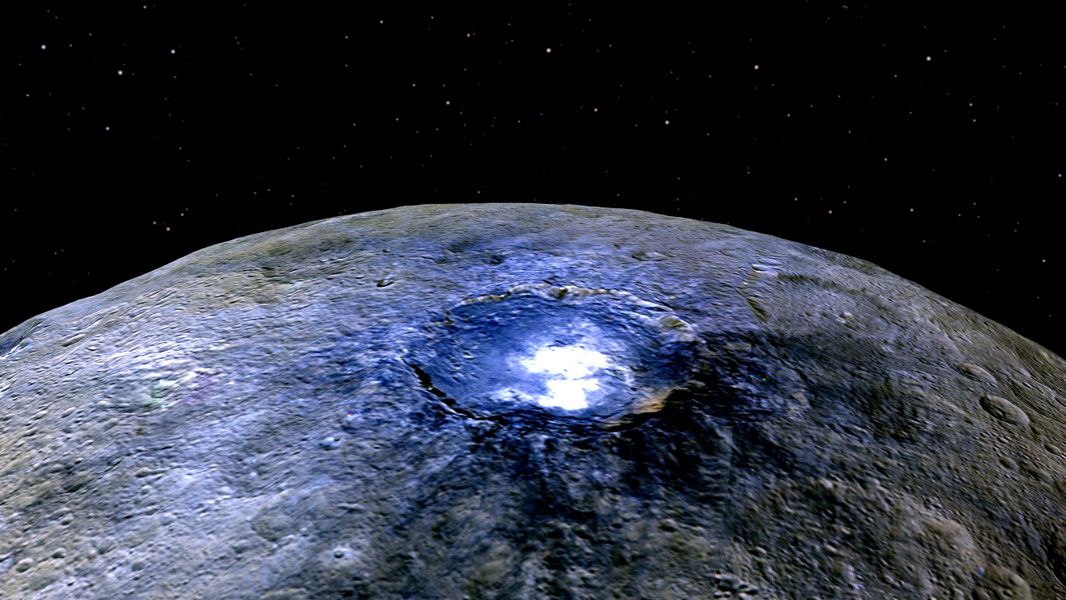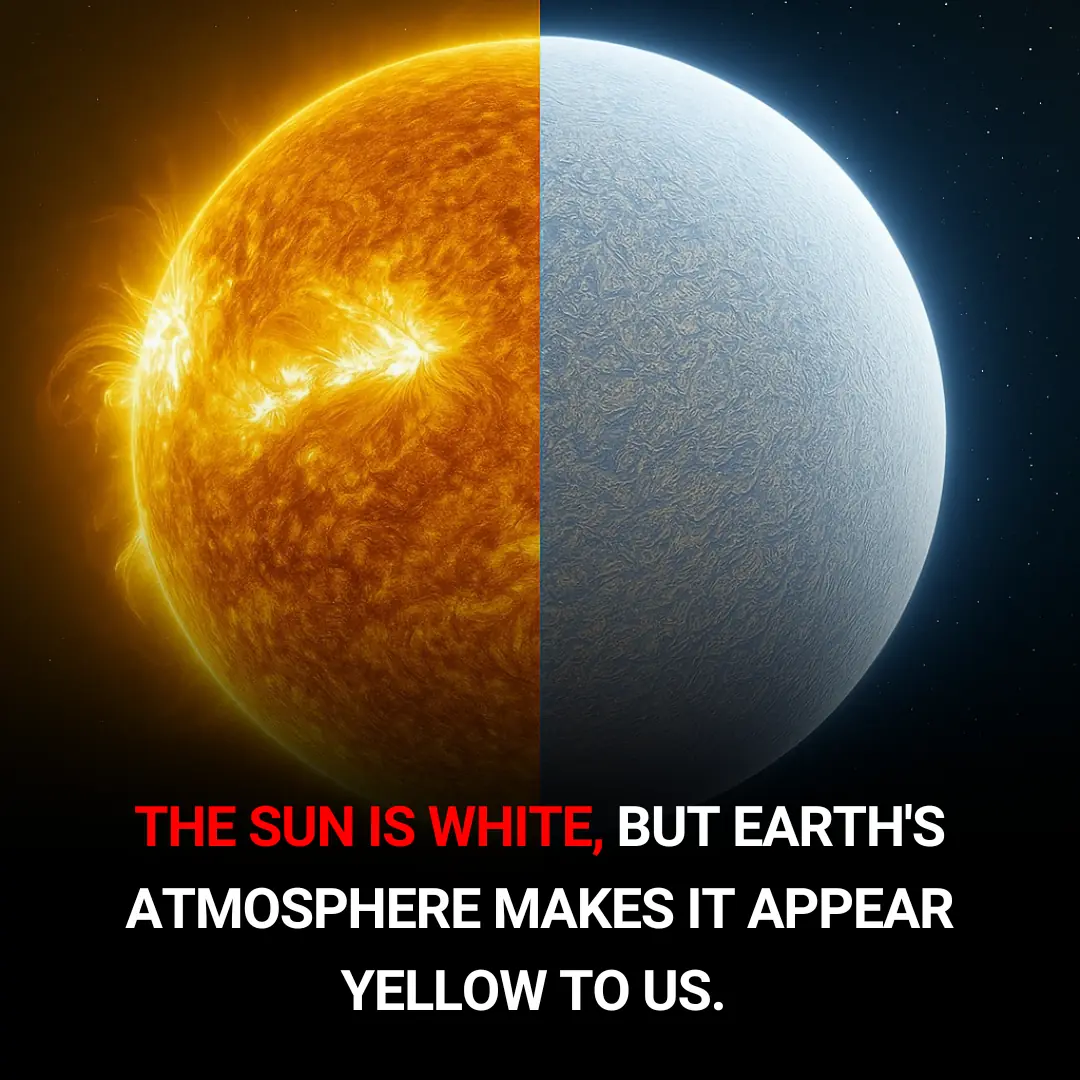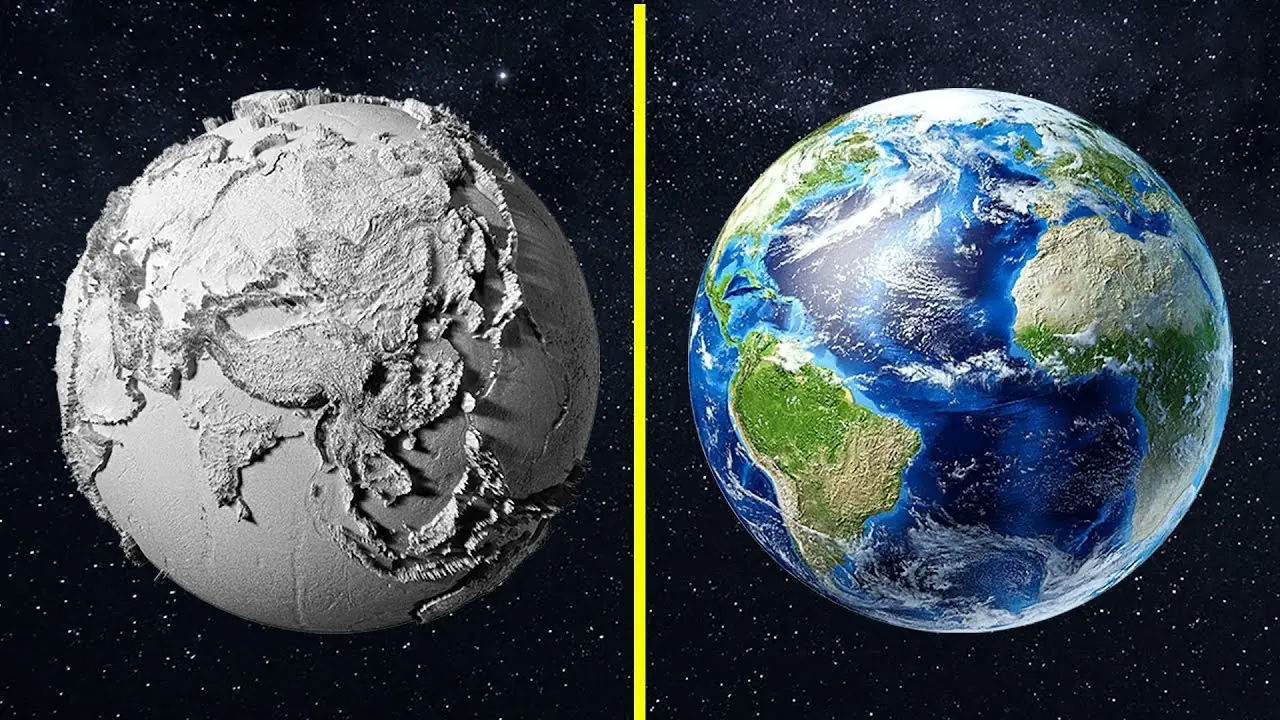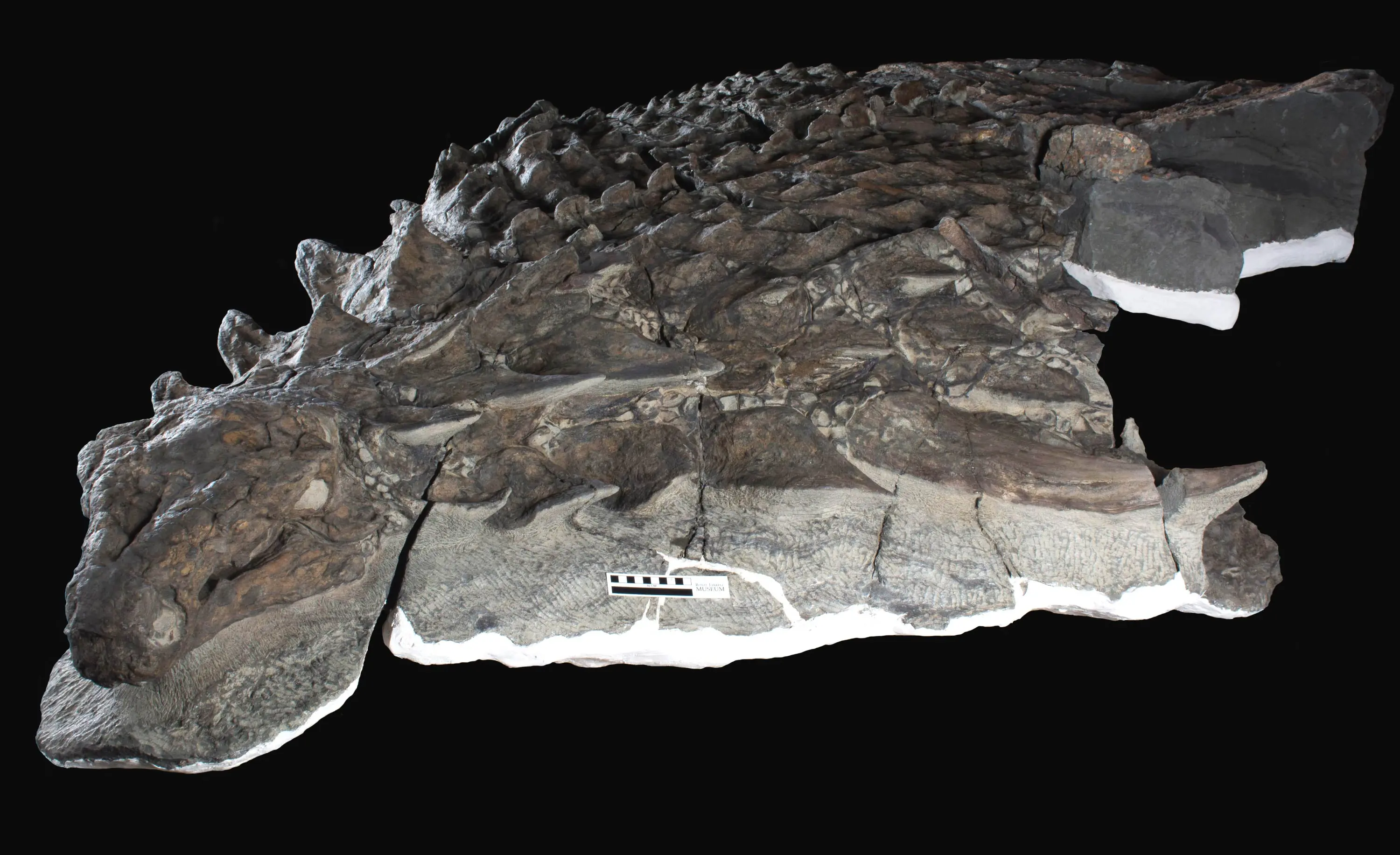
Astronomers Discover 2017 OF201: A Massive Dwarf Planet Beyond Pluto That Could Redefine Our Solar System
Astronomers Discover 2017 OF201: A Massive Dwarf Planet Beyond Pluto That Could Redefine Our Solar System

A mysterious new object discovered far beyond Pluto is challenging what scientists thought they knew about the outer reaches of our solar system. This surprising find could reshape our understanding of how vast — and populated — the solar system truly is.
A New Dwarf Planet on the Edge of the Solar System
According to Mashable, astronomers recently identified a new dwarf planet, temporarily named 2017 OF201, orbiting at the extreme edge of the solar system. Measuring roughly 435 miles (700 kilometers) in diameter, it’s similar in size to Pluto.
The discovery was made by Sihao Cheng, a postdoctoral researcher at Princeton University's Institute for Advanced Study, and his colleagues. Their original mission? To search for the elusive “Planet 9,” a hypothetical planet believed to lie beyond Neptune. While they didn’t find Planet 9, they stumbled upon something potentially just as exciting — and perhaps even more significant.
An Orbit That Stretches the Limits of the Known Solar System
What makes 2017 OF201 so fascinating isn’t just its size, but its bizarre, elongated orbit.
-
At its closest point (perihelion), the dwarf planet is about 44.5 astronomical units (AU) from the Sun — close to Pluto’s orbit.
-
At its farthest point (aphelion), it drifts to an incredible 1,600 AU — far beyond the known boundaries of the Kuiper Belt and any previously charted solar system object.
To put it in perspective: one full orbit of 2017 OF201 around the Sun would take approximately 25,000 Earth years — nearly 100 times longer than Pluto’s orbital period.
What Does This Mean for Planet 9 — and Our Solar System?
Although Planet 9 remains unconfirmed, 2017 OF201 might change how astronomers approach the search for distant solar system bodies. Cheng believes this discovery implies there could be hundreds of similar objects orbiting in the dark, distant fringes of space.
“The presence of this single object suggests that there could be another hundred or so other objects with similar orbit and size,” Cheng said. “They are just too far away to be detectable now.”
This challenges the long-held assumption that space beyond the Kuiper Belt is mostly empty — and underscores how little we truly know about the solar system's outer frontier.
A Technological and Scientific Breakthrough
Thanks to advancements in technology — particularly powerful instruments like NASA’s James Webb Space Telescope — astronomers are now able to detect faint, distant objects once considered beyond the reach of human observation.
2017 OF201 could be just the beginning. This discovery is likely to accelerate efforts to explore the uncharted regions of the solar system and may even lead to further surprises about our place in the universe.
News in the same category


Birds May Use Quantum Reactions to Navigate Across the Globe

Humpback Whales Are Gathering in Giant Super-Pods—Here’s What Scientists Think It Means

Man Builds $20m White House Replica Atop Skyscraper—Now Legal Woes Keep Him Out

Woman Claims Ghost Companion Of 12 Years Warns Of Imminent Apocalypse

The Sun Isn't Yellow — It's Actually White ☀️

Scientists Use AI And Ancient Linen To Reveal What Jesus May Have Truly Looked Like

Astronomers Discover 2017 OF201: A Massive Dwarf Planet Beyond Pluto That Could Reshape Our Understanding Of The Solar System

Simulation Shows Earth’s Devastating Collapse If Oxygen Vanished for Just 5 Seconds

Discover Hattusa: The Ancient City 2,000 Years Older Than Machu Picchu

Man Spends Life Savings On Abandoned Ghost Town Once Worth $500 Million

Scientists Baffled By Perfect Sphere Emitting Radio Signals From Deep Space

Meet Borealopelta markmitchelli: The Best-Preserved Dinosaur Fossil Ever Discovered

Is the Multiverse Real? Exploring Scientific Theories and Quantum Clues

Don’t Toss Those Eggshells: 17 Ways to Reuse Them

Why This $281m ‘Car’ Built By Boeing Only Goes 8MPH

Inside The Global Seed Vault: Earth’s ‘Safest Place’ Only Opens Six Times A Year

Japan’s Ocean Spiral: A Real-Life Sci-Fi Vision Beneath the Waves

‘Ghost Boy’ wakes up from a coma after 12 years – Then he Reveals his spine-chilling secret
News Post

This Ancient Chinese Drink May Help Regulate Blood Sugar, Improve Circulation, and Reduce Inflammation—Naturally!

8 Reasons to Drink Ginger Tea Daily (An Impressive Healing Remedy)

Surprising Link: Marriage May Increase Dementia Risk, New Study Finds

Birds May Use Quantum Reactions to Navigate Across the Globe

She forgot to tell her husband she was coming home. When she entered the apartment, she nearly collapsed from what she saw.

Humpback Whales Are Gathering in Giant Super-Pods—Here’s What Scientists Think It Means

Valya found out by accident that her husband had another woman — she went to the dry cleaner to pick up his suit, and along with the suit, they handed her a huge colorful dress.

Store Owner’s Daughter Kicked Me Out for No Reason — Then Her Mom Walked In and Left Me Speechless

MY SON SMILED RIGHT BEFORE SURGERY—BUT SOMEHOW HE MADE ME STEP OUT OF THE ROOM

An orphaned woman adopted a dark-skinned boy—and 20 years later discovered his shocking secret!

9 Food Combinations That Can Become 'Toxic'—Some Even Classed as Group A Carcinogens: Doctors Advise Avoiding

Age 40 Is a Critical Turning Point for Longevity: 4 Sleep-Related Signs That May Indicate Shorter Lifespan and Health Risks

7 Early Signs of Stomach Cancer Everyone Should Know to Prevent Metastasis

Man Builds $20m White House Replica Atop Skyscraper—Now Legal Woes Keep Him Out

At 60, I Healed Cancer, High Blood Pressure, Diabetes, and Poor Circulation – All Thanks to This Powerful Drink

Woman Claims Ghost Companion Of 12 Years Warns Of Imminent Apocalypse

This Simple Homemade Juice Could Transform Your Life — The 100-Year Elixir Revealed!

🧠 How Your Brain Today Reflects Your Habits from Two Weeks Ago

💤 The Science of Dreaming: Why Do We Dream?
